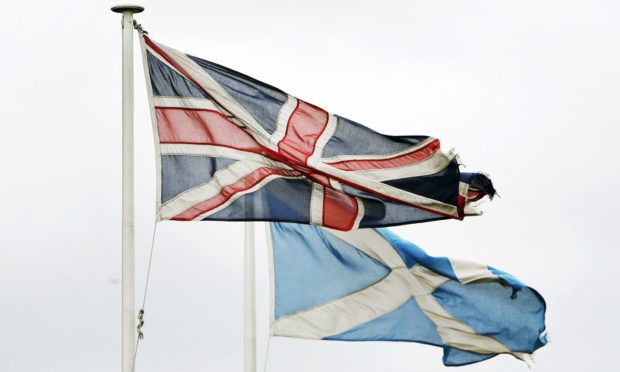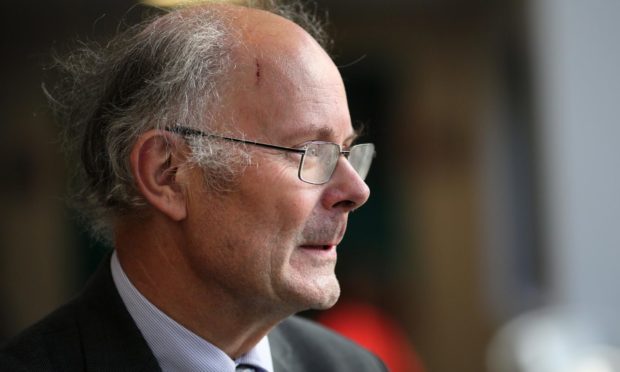Research showing support for Scottish independence has risen to 55% should be treated with “caution”, according to a leading expert.
Sir John Curtice, politics professor at Strathclyde University, said the study by Ipsos MORI was “somewhat different” from other recent surveys on the subject.
The poll for STV found that the Yes campaign would win a second referendum if it was held now, with 55% backing independence, and 45% saying No – when undecided voters are excluded.
Such an outcome would represent a reversal of the result at the last referendum in 2014, when the pro-UK side won with 55%.
However, Sir John said the study had to be put in the context of other recent polls.

Speaking on the BBC’s Good Morning Scotland radio programme, he said: “This poll is set against a backdrop of nine other polls conducted through the course of the autumn, which on average have put support for independence at 48%.
“Indeed, all but one of them putting it at one point of that figure.
“So there is no doubt that the result in this poll is somewhat different from that of other polls that have been published recently. And that is always a reason for at least exercising a degree of caution here.
“Exceptional polls are the ones that make the headlines – they are not necessarily the ones that are most indicative of what is going on.”
There is no doubt that the result in this poll is somewhat different from that of other polls that have been published recently.”
Sir John said recent Ipsos MORI polls had put Yes at a “somewhat higher” level of support than other surveys.
He added: “The truth is also of course that if indeed we are in a situation where roughly Scotland is evenly divided on this subject, we will get some polls that put Yes behind, and we will get others that put Yes ahead.”
‘Too close’
He continued: “I think that is the key message to take away from this poll, just a reminder to both sides in the constitutional debate that neither of them can be confident as to what the outcome of an independence referendum would be if it were to be held any time soon.
“The polls are too close to each other across the spectrum for anybody to be certain what the outcome would be.”
The latest poll showed support for independence was up five points compared with the last survey by the same company, published just before the Holyrood election in May.
All age groups apart from the oldest – those over the age of 55 – were more likely to vote Yes in a second referendum, according to the poll.
The poll also showed approval ratings for Prime Minister Boris Johnson plummet to a record low in Scotland, with four in five people saying they were dissatisfied with his performance.
